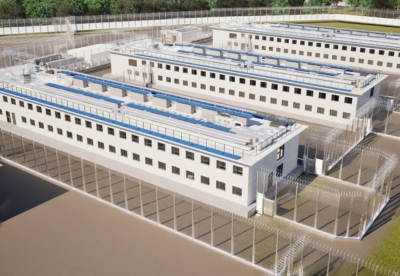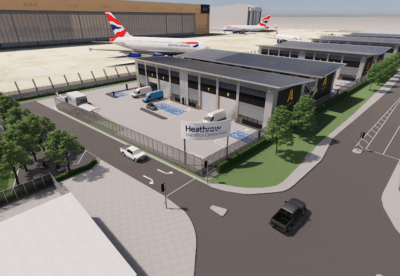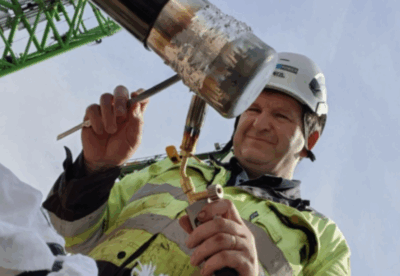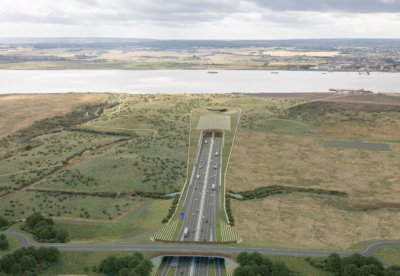Nearly 1,800 new bedspaces for military personnel will be built in the first phase of the new “Programmatic Approach” which will see the members of a new construction alliance using a common design for new buildings.
The projects which have been allocated to alliance members so far are:
Bowmer & Kirkland:
- Infantry Training Centre, Catterick Garrison, North Yorkshire (144 bedspaces)
- Combermere Barracks, Berkshire (74 bedspaces)
- RM Condor, Angus (348 bedspaces)
- RNAS Yeovilton, Somerset (123 bedspaces)
Reds10:
- Baker Barracks, Hampshire (315 bedspaces)
- RAF Cosford, Shropshire (50 bedspaces)
Kier Metek:
- RM Bickleigh, Devon (166 bedspaces)
Laing O’Rourke:
- RAF Waddington, Lincolnshire (228 bedspaces)
- Albermarle Barracks, Northumberland (266 bedspaces)
- RAF Honington, Suffolk (80 bedspaces)
The companies, which also include Kier McAvoy, form the SLA Alliance, which will run initially for six years.
The Programmatic Approach will see 16,000 new bedspaces built by 2034 as part of a wider MOD plan to build or refurbish 40,000 SLA bedspaces over ten years.
These initial sites have been identified as the first priorities to replace aging and poor-quality existing SLA, but during the course of the ten-year programme, many other sites will benefit from new or refurbished accommodation.
The contractors will work collaboratively, sharing best practice for the benefit of the companies, the MOD and service personnel.
While the SLA design catalogue allows for different construction methods depending on what is most suitable for each site, the SLA programmatic approach focuses on modern methods of construction (MMC),
Warren Webster, DIO Programme Director, SLA Programmatic Approach, said: “The Programmatic Approach is already proving successful, with a number of projects underway and others allocated.
“Our new Alliance is demonstrating excellent collaborative behaviours and focuses on continued improvement. Beyond that, we have plans for many more new SLA blocks at sites across the country, benefiting thousands of our service personnel for years to come.”










.gif)














.jpg)























 (300 x 250 px) (2).png)






